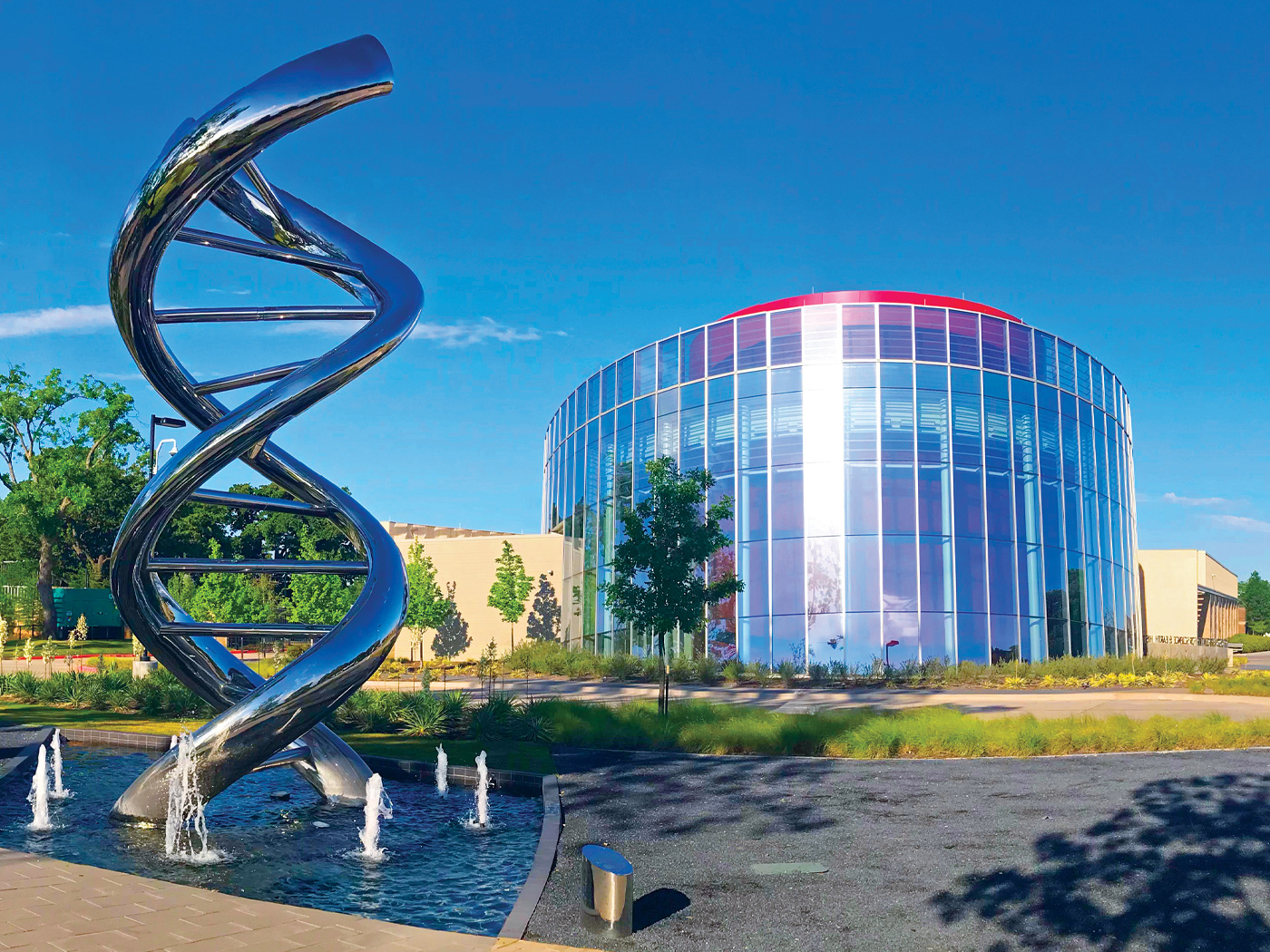Donald Burke, Dean of the Graduate School of Public Health at the University of Pittsburgh, recently wrote in the journal Science, "Since 2000, almost half a million Americans have died from drug overdoses."1 This "modern plague…degrades health, saps productivity, spawns crime, and devastates families, all at enormous societal cost."1
He asks, "How did we get here, and what do we do now?"1
Burke noted that physicians began prescribing more opiates for pain management a few decades ago. Then, drug cartels and synthetic drugs, both legal and illegal, wedged themselves into the societal stew to produce today's increased dependence on drugs—especially pain-reducing drugs.
Of course, the factors Burke identifies played their part, but so did mankind's selfishness and desire for escapism.2 Without taking these human elements into account, Burke's external factors come no closer to explaining rising addictions than factors like wind speeds, air density, or precipitation patterns explain a rising airplane without mentioning its engines and wing flaps.
So, Burke may have missed core factors from within the human heart that answer his question, "How did we get here?" Does his answer to what we do now miss core factors, too?
Burke wrote that scientists should craft a digital model of current drug trends in society to project possible outcomes. This comprehensive model should include at least "nonusers, users, legal prescribers, illicit suppliers, treatment providers, supporters, law enforcement officials,…frequency of opioid drug prescribing, illicit drug availability, the natural history of substance use disorder, treatment effectiveness, availability of support services, and other key factors."1
Ultimately, "A coordinated national opioid epidemic modeling program could help solve this difficult problem."1 Really—a computer model is the answer to this mess?
Burke's computer model prescription overlooks human hearts and souls. Computers could print more graphs than dealers distribute pills, but until a modeling program somehow factors in sin then it won't deal with the real issue of innate immorality.
Besides, speculative human forecasts—however cleverly modeled—shrivel in the light of God's sure Word on the future of drug abuse. Revelation 9:21 says, "And they did not repent of their murders or their sorceries or their sexual immorality or their thefts." The word "sorceries" literally means "druggings."3
Unfortunately, this means that a time will come when the societal ills that Burke identified will intensify—and computer models won't be the answer. Instead, Christ offers hope to overcome sin, and even strength to overcome horrid addictions. Christ is the real answer.
References
- Burke, D. S. 2016. Forecasting the opioid epidemic. Science. 354 (6312): 529.
- Romans 3:23.
- Greek pharmakeia, from which we get the word "pharmaceutical." Morris, H. M. New Defender's Study Bible Notes. Posted on ICR.org, accessed November 7, 2016.
*Mr. Thomas is Science Writer at the Institute for Creation Research.
Article posted on November 28, 2016.



















